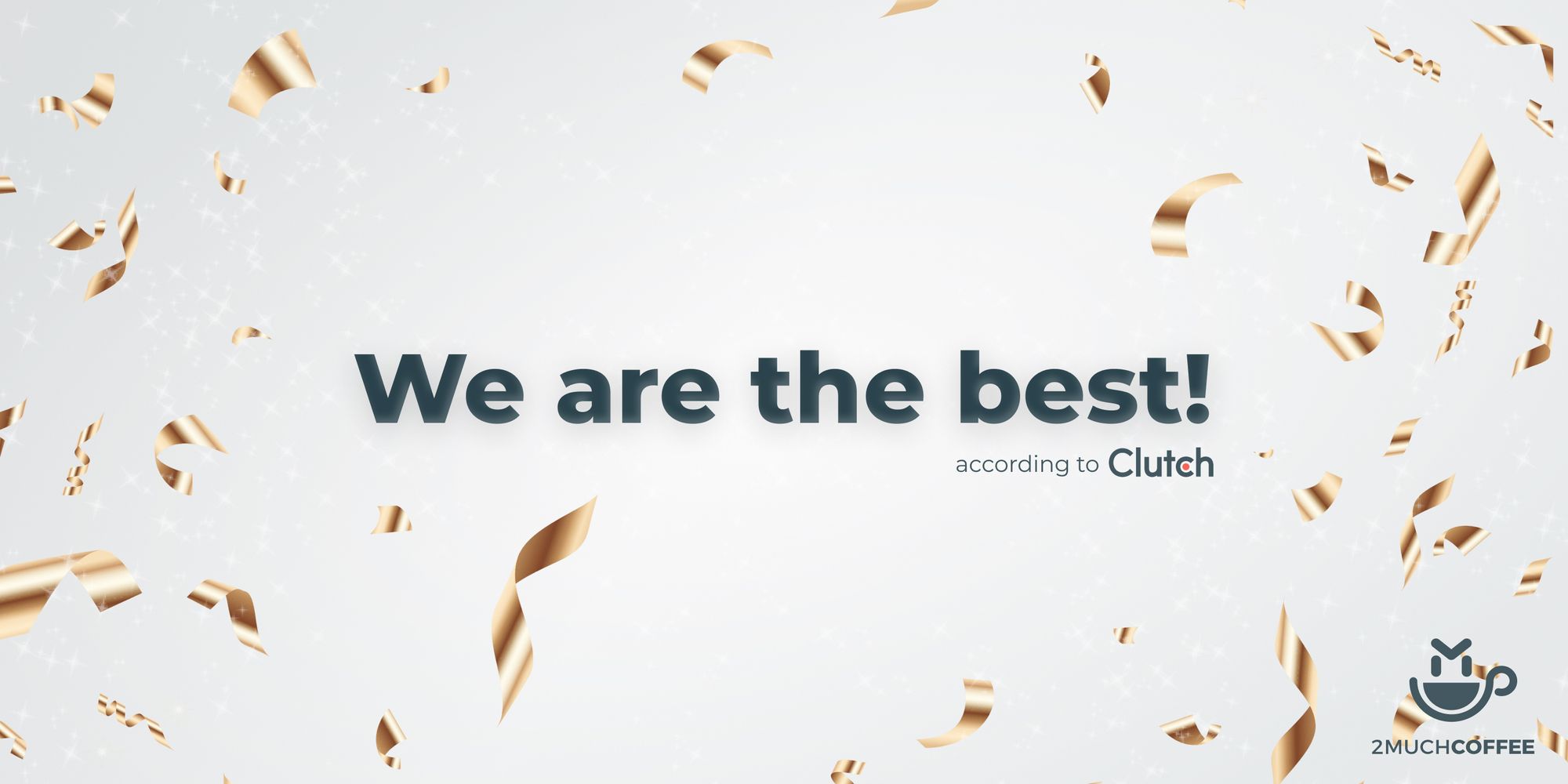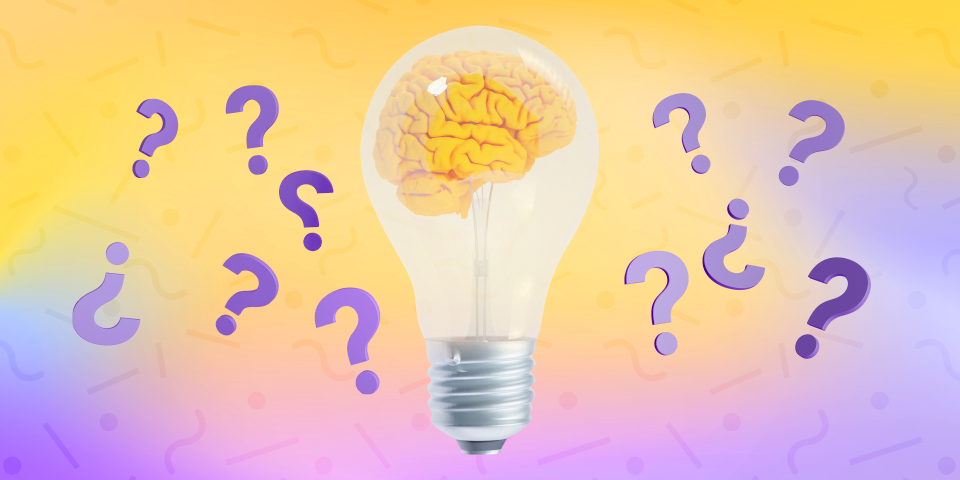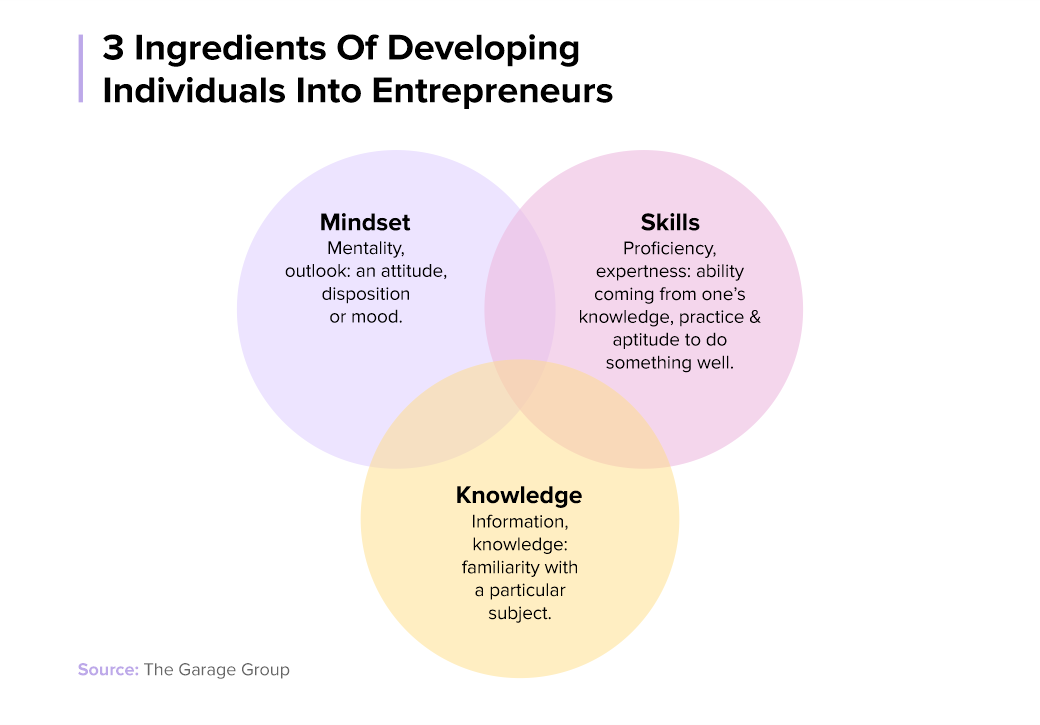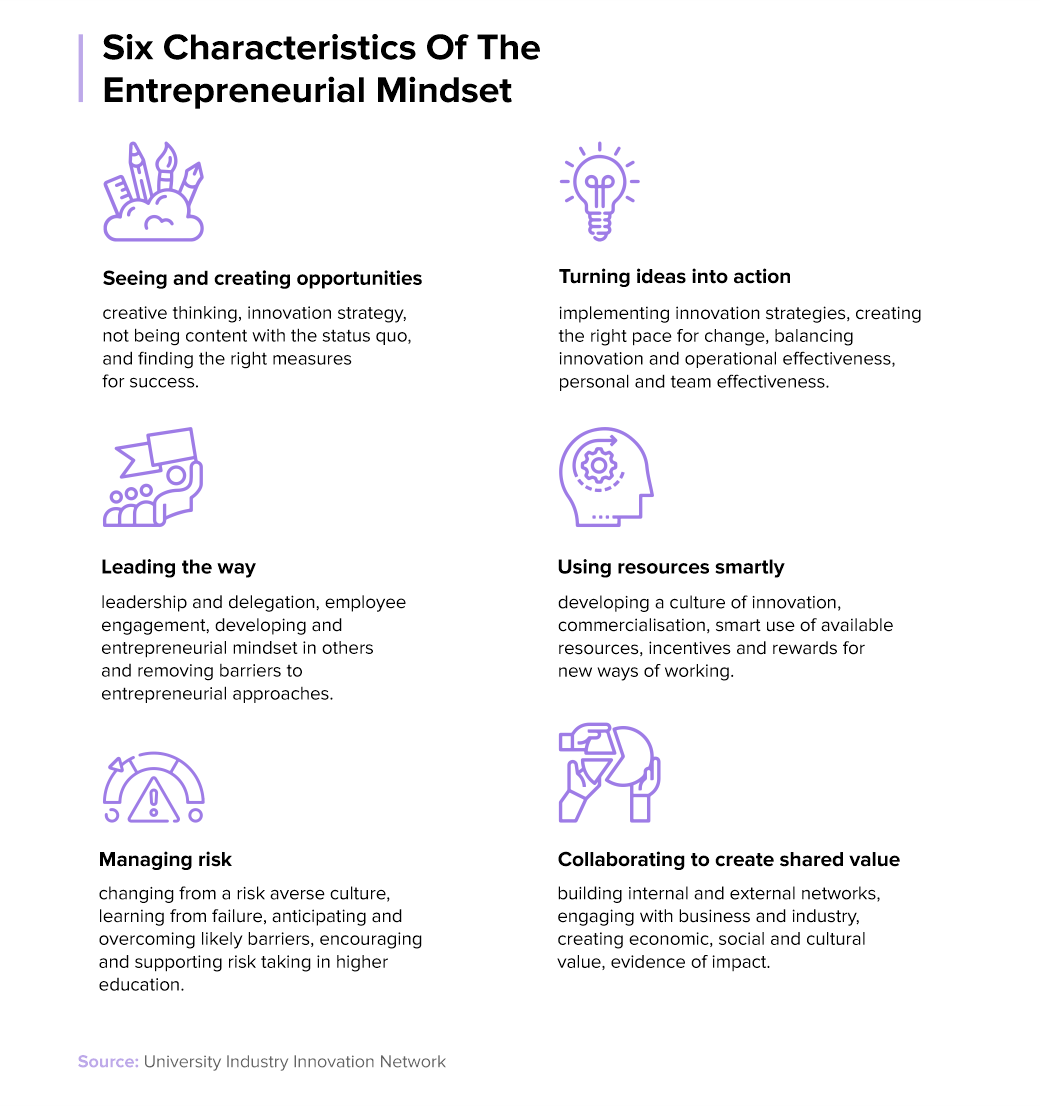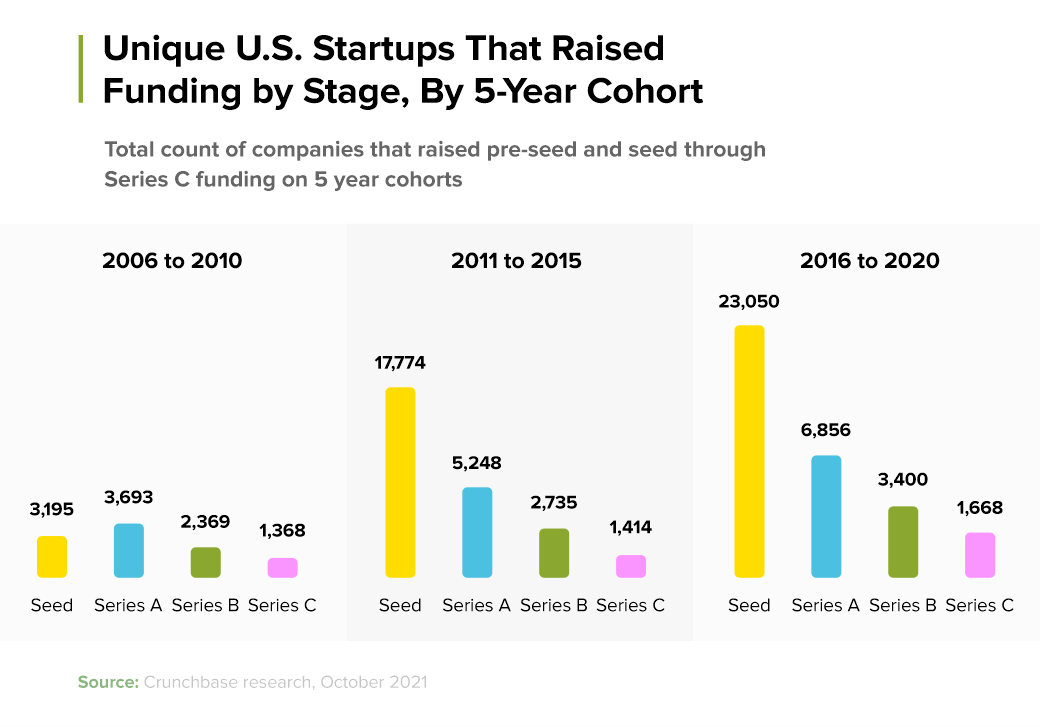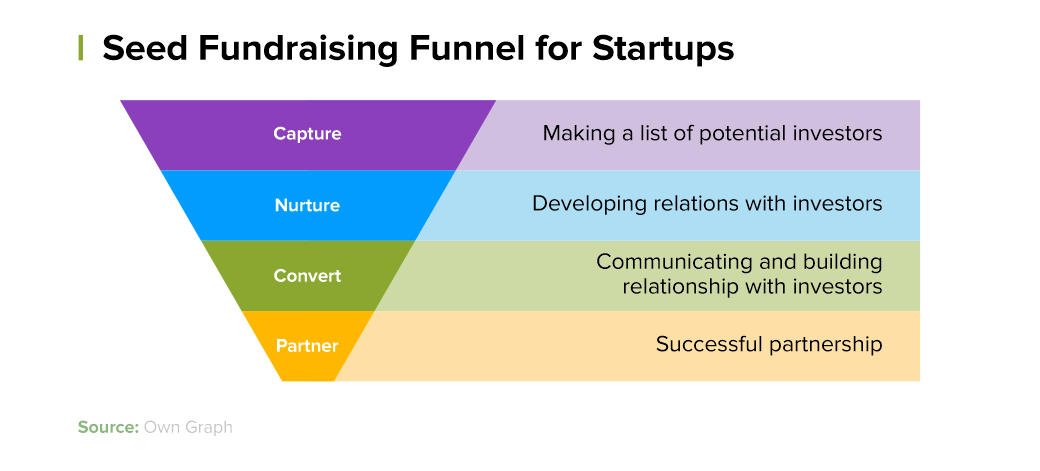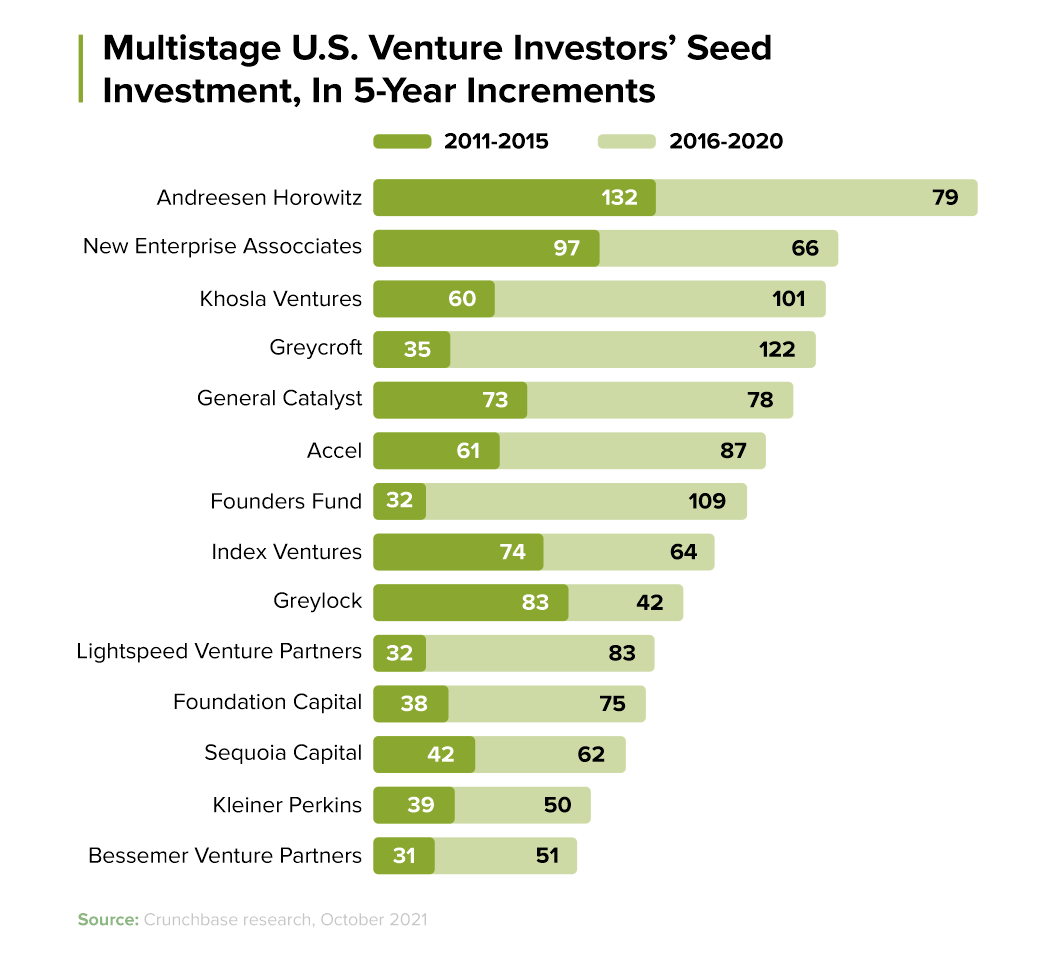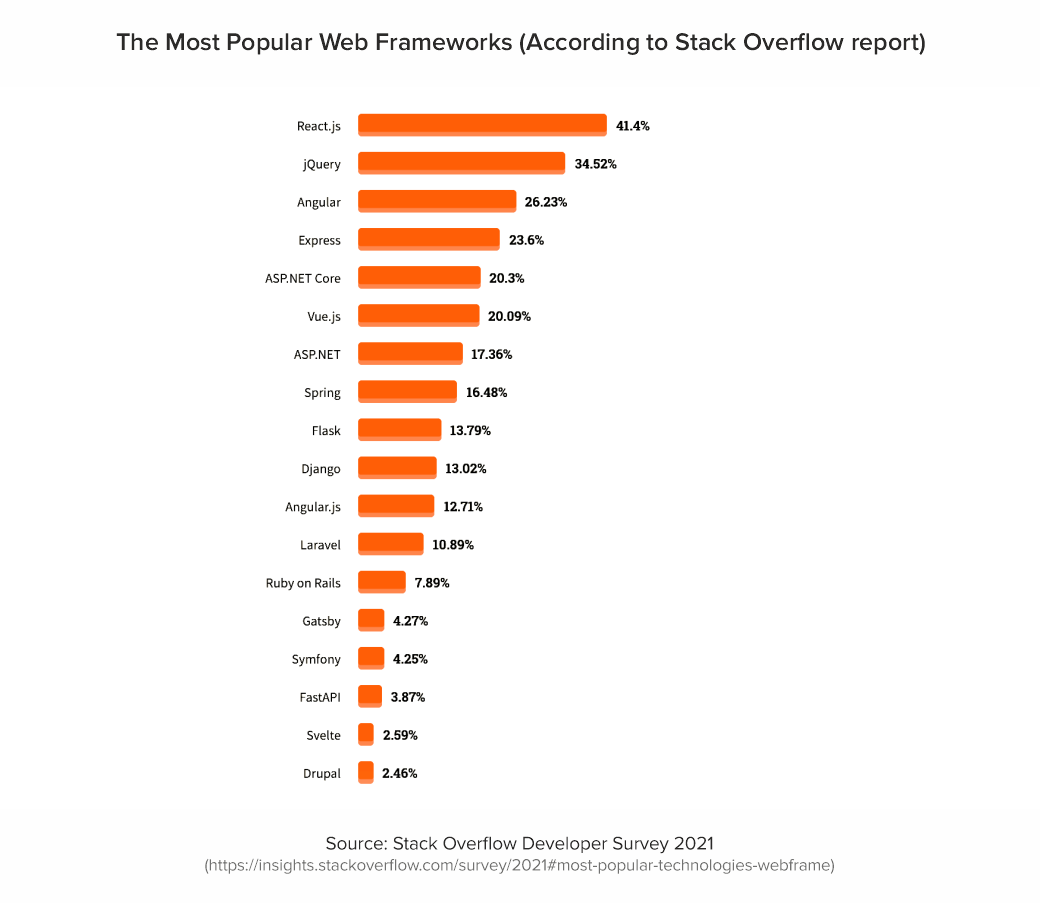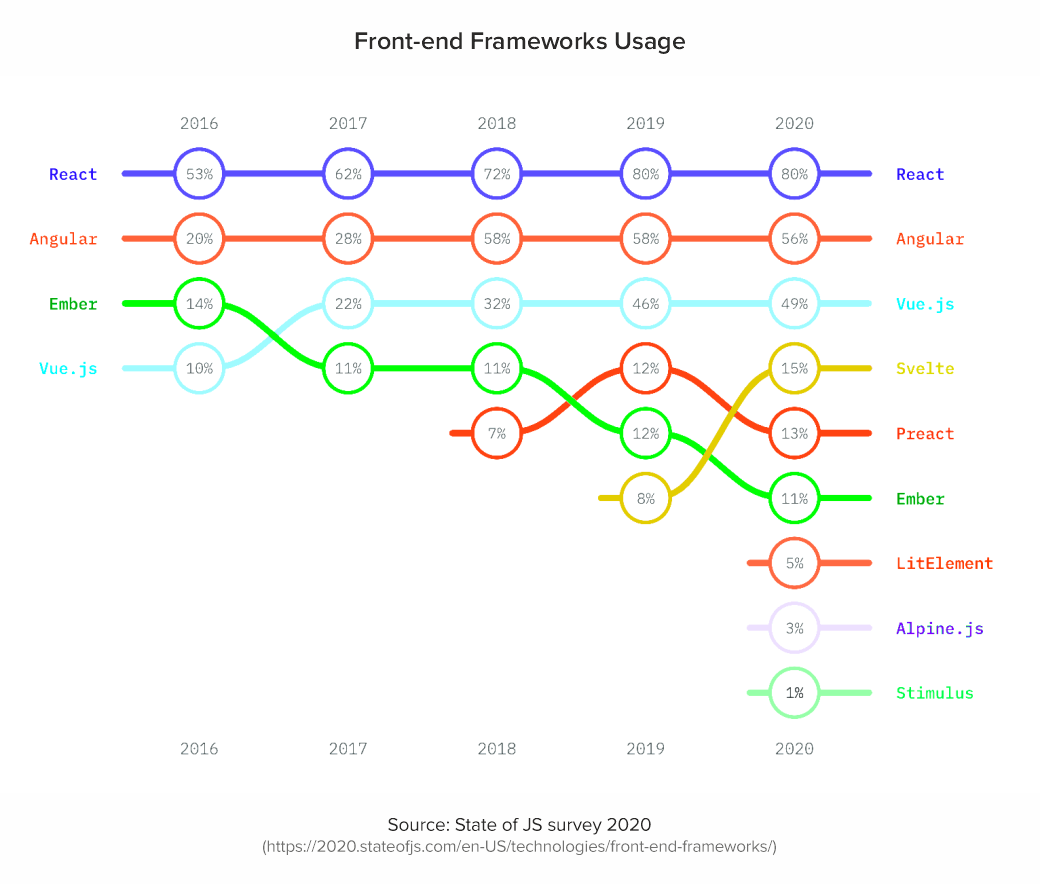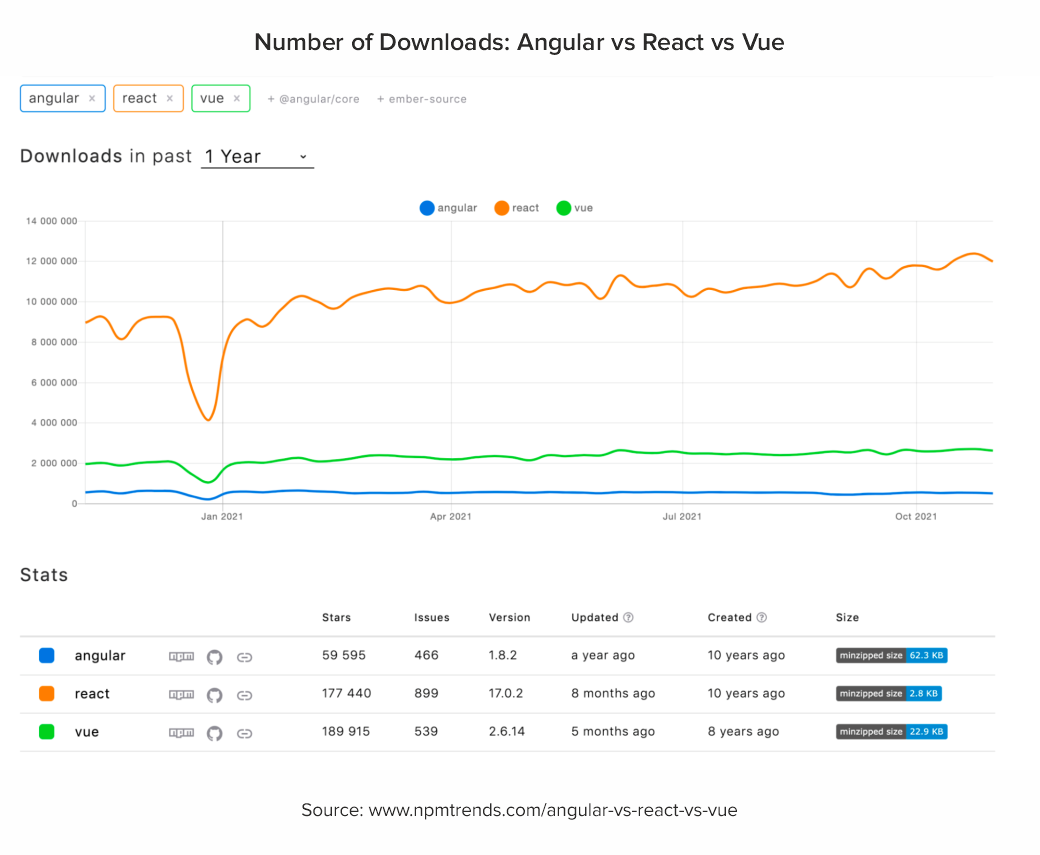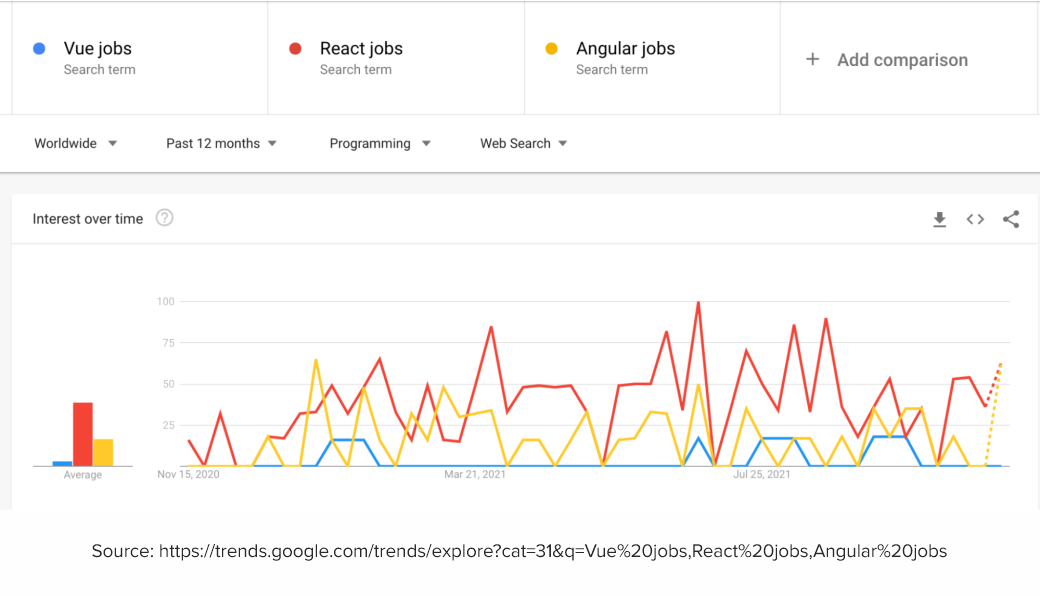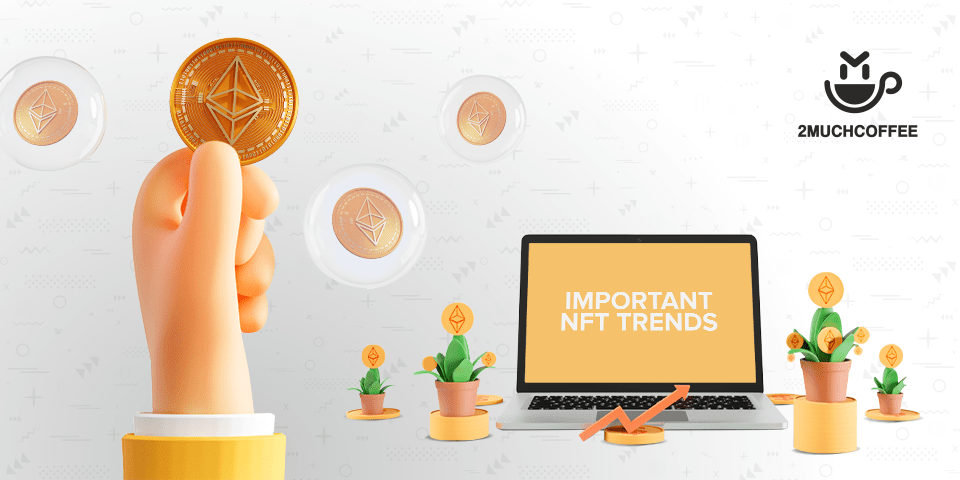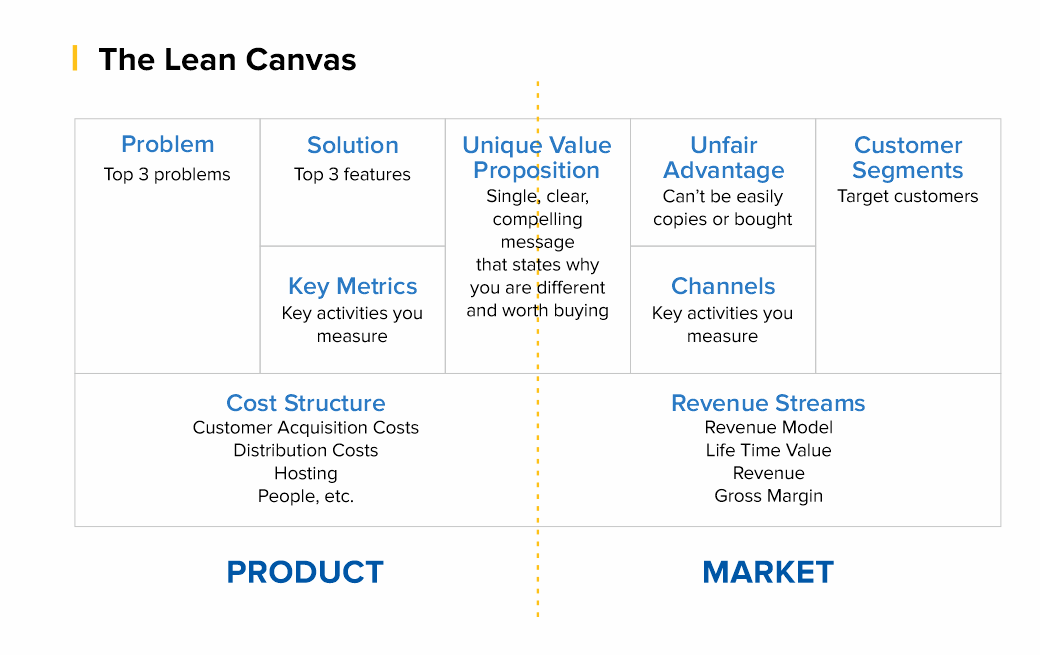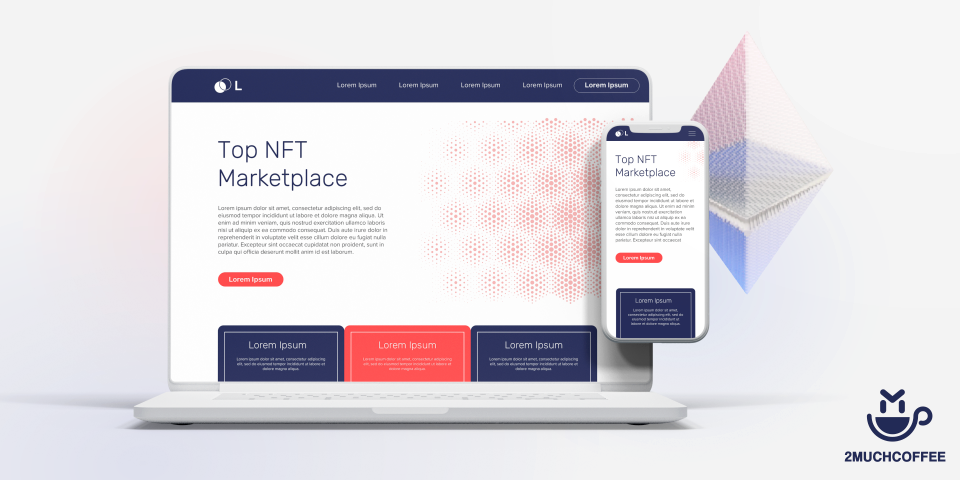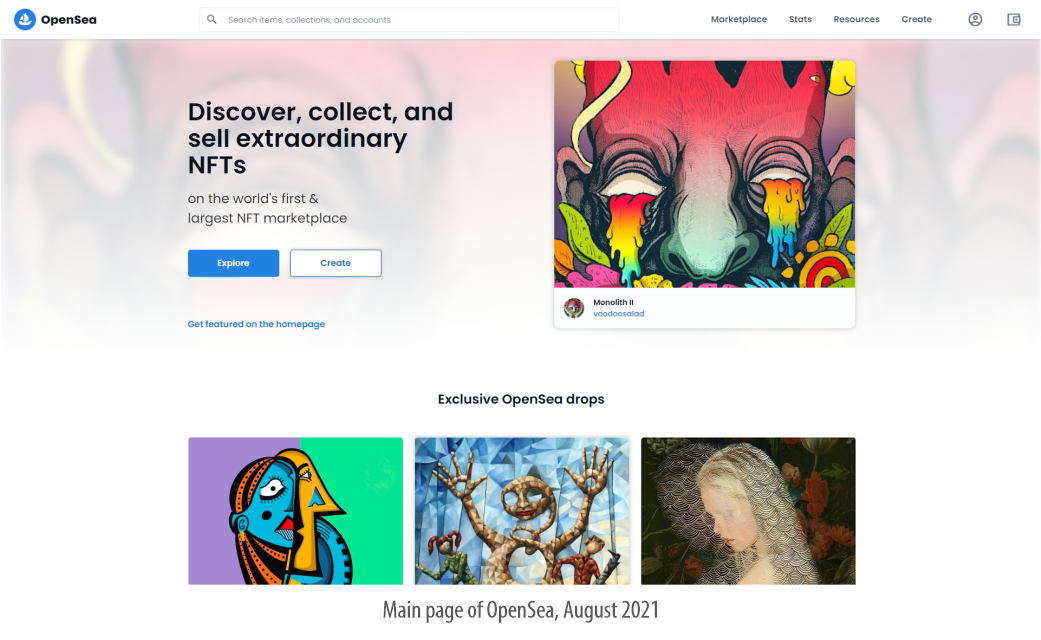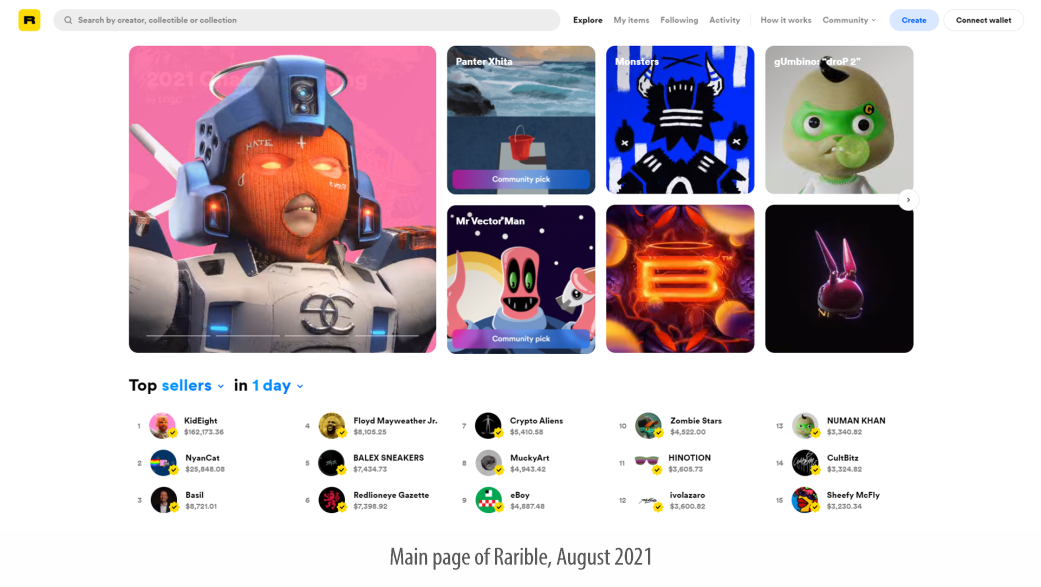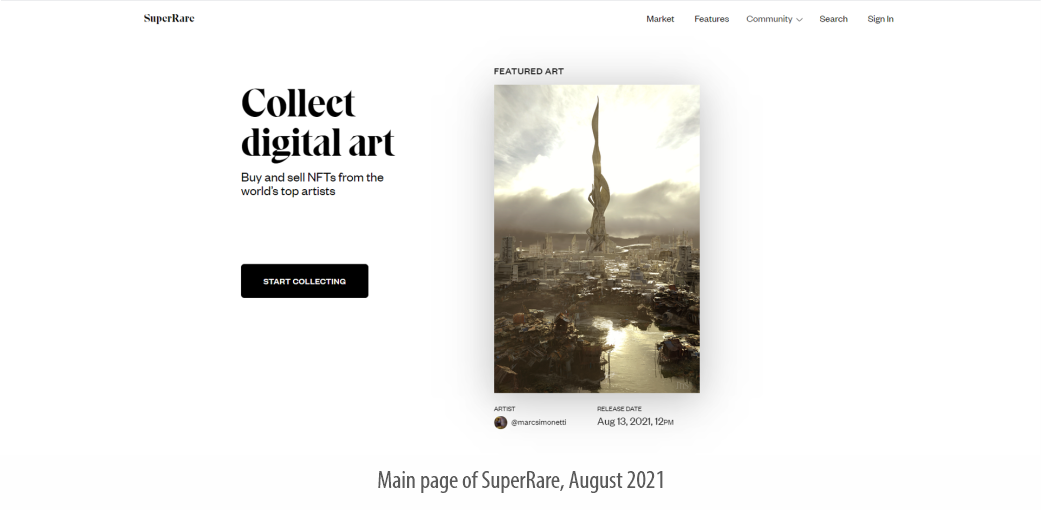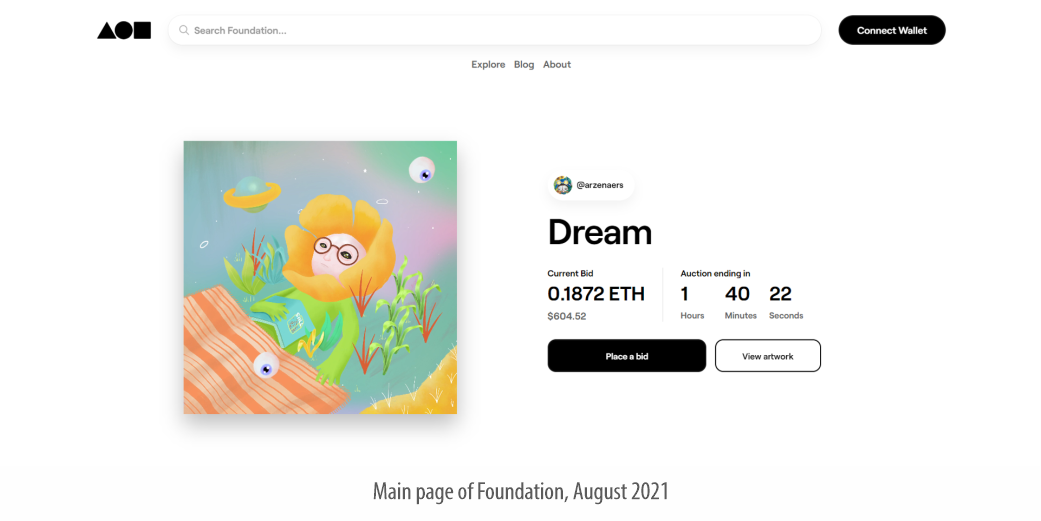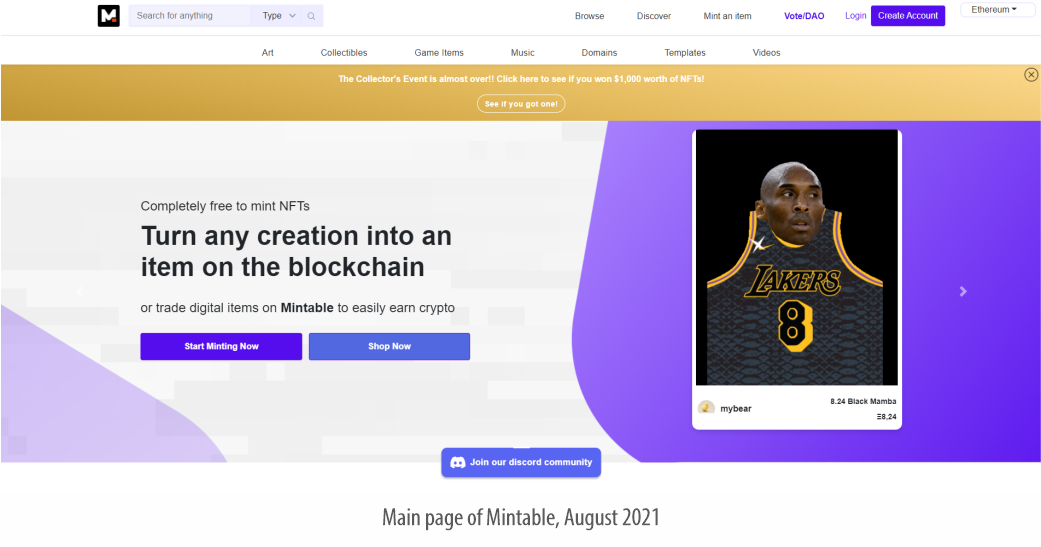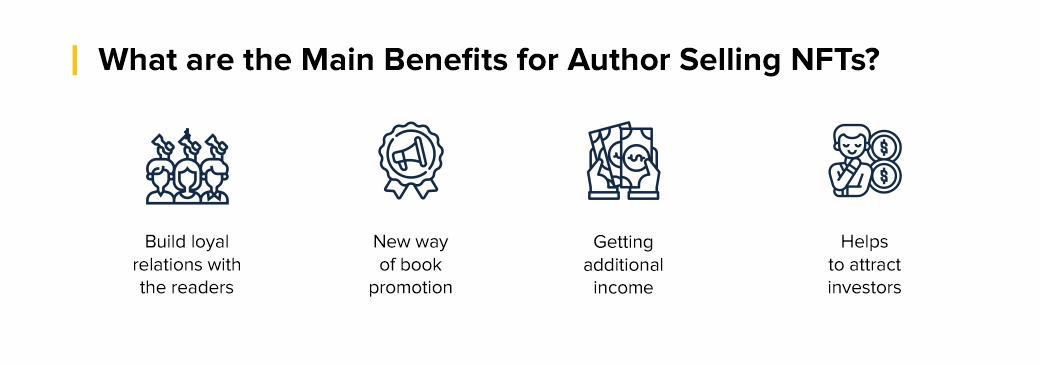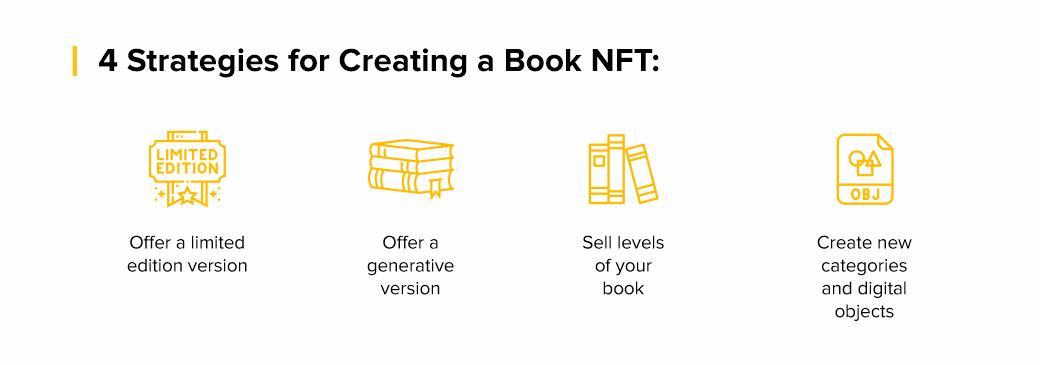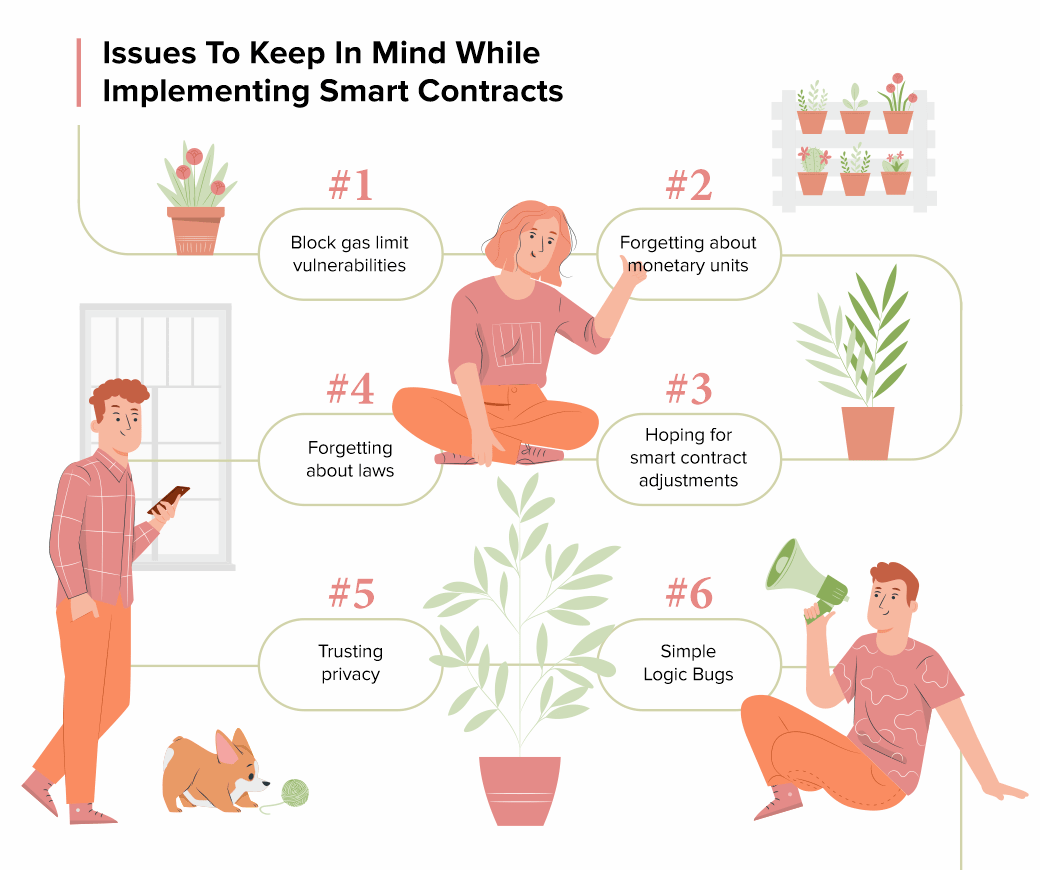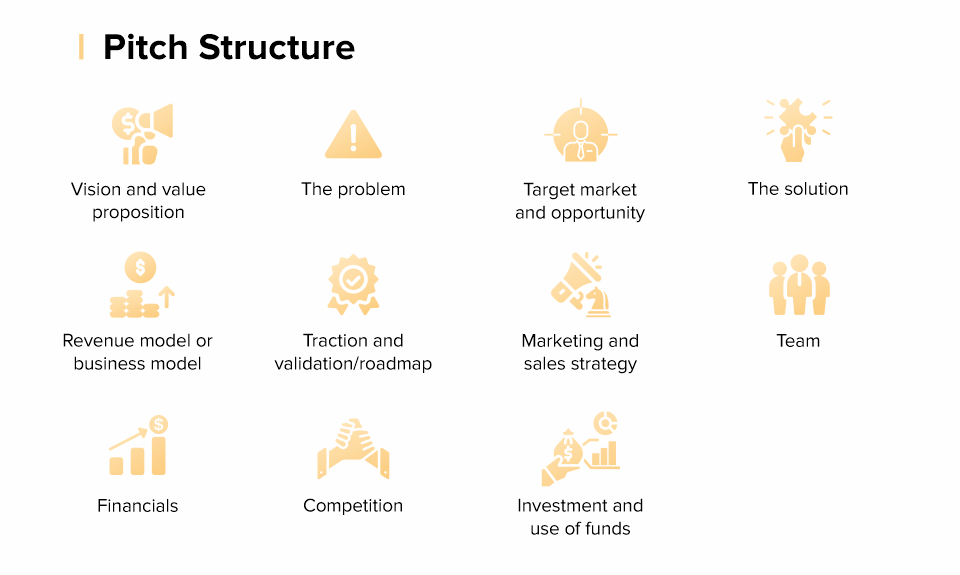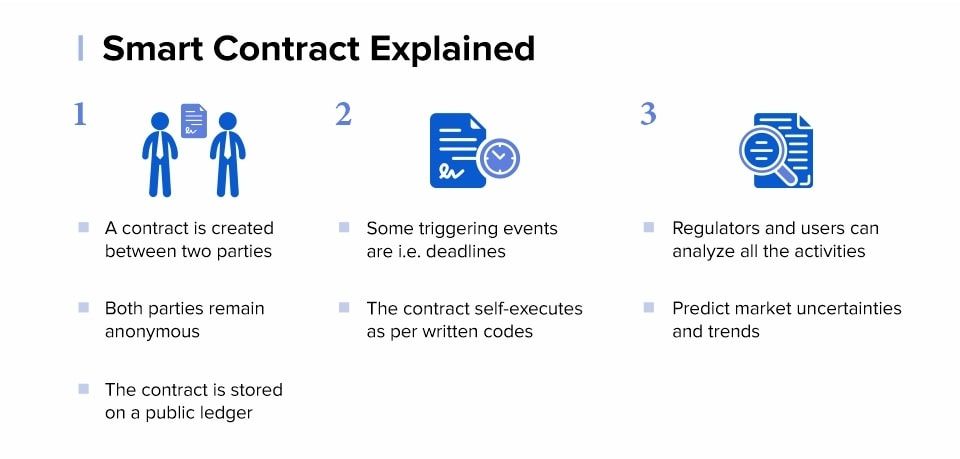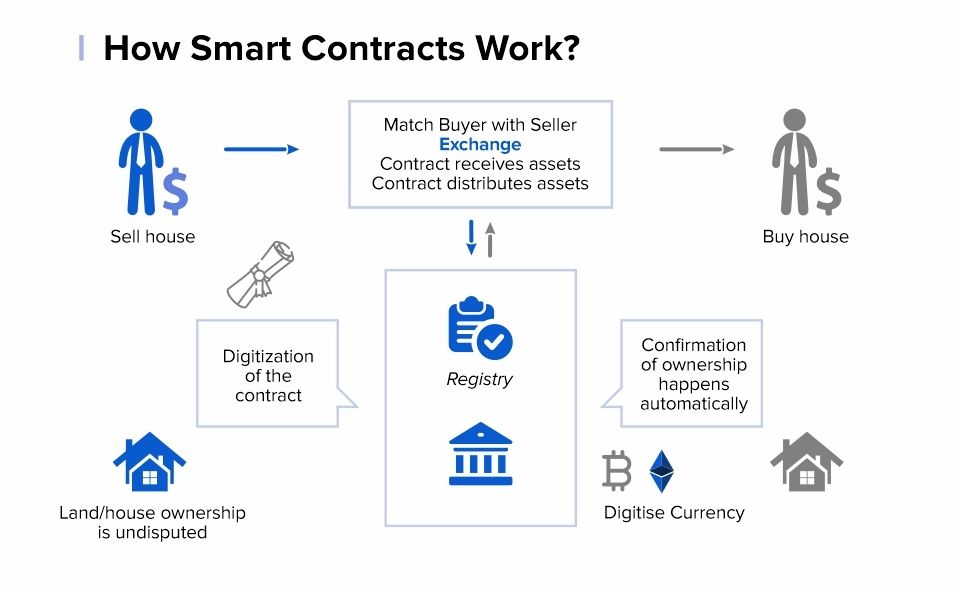Introduction

Imagine a world where every spoken word is instantly captured and transformed into a neatly organized script. This isn't George Orwell's 1984 vision of surveillance and control; instead, it's the empowering reality crafted by modern speech-to-text technology. In this world, technology serves not as a tool for monitoring, but as a powerful ally in enhancing communication, productivity, and accessibility. A sales manager dissects her team's strategies with precision, a doctor focuses more on patient care than paperwork, and every student gets a front-row seat in lectures. Here, technology liberates rather than confines, turning everyday conversations into opportunities for growth and understanding.
Historical Context and Technical Evolution
Historically, speech-to-text technology was limited by computational power and the complexities of natural language. However, with the rise of deep learning and neural networks, it has become more refined and capable of understanding various accents, dialects, and languages. This newfound robustness has paved the way for its widespread adoption across industries.
Strategic Architecture for Scalable Speech-to-Text Services
As demand for robust speech-to-text capabilities escalates, it is imperative to design a system architecture that is not only effective at launch but also scalable to accommodate future growth. This requires a carefully planned infrastructure that can adapt and scale without sacrificing performance. Here’s how we architect a future-ready speech-to-text system:
Microservice Architecture
Transitioning our proof of concept into a microservice architecture ensures modular and scalable growth. By decoupling services, we enhance our ability to scale specific functions independently and manage multiple instances based on varying workload demands.
API Development and Integration
A well-defined API acts as the backbone of our system, interfacing between the microservices and the end-users. It ensures seamless communication across services and centralizes the request management to maintain efficiency and reliability.
Task Queue Management
Implementing a robust task queue system is crucial for managing asynchronous tasks and ensuring that our services can handle high volumes of requests efficiently. This system prioritizes and dispatches tasks to available resources, optimizing throughput and reducing latency.
Infrastructure Strategy
Choosing the right infrastructure is critical to supporting the anticipated load and facilitating easy scaling:
Load Distribution
Utilize a hybrid approach for load management. Regular operations can run on cost-effective Hetzner Servers, while spikes in demand are managed through scalable cloud solutions like Google Cloud, which provides on-demand resource allocation.
Scalability Considerations
For gradual user growth, a scalable server setup is essential. Starting with a base capacity, we can incrementally scale our resources, ensuring that the infrastructure grows in tandem with the demand.
Choosing the Right Libraries and Infrastructure for Advanced Speech-to-Text Solutions
In the pursuit of creating an efficient and scalable speech-to-text system, the selection of appropriate libraries and robust infrastructure is paramount. Here’s how we ensure that our system not only meets current demands but is also primed for future challenges:
Optimizing with the Right Libraries
Our choice of libraries is driven by the need for high performance, versatility, and real-time processing capabilities. Whisper by OpenAI is a cornerstone of our architecture, lauded for its ability to handle diverse languages and complex audio environments efficiently. It’s an excellent choice for developers who require a reliable and versatile speech recognition tool.
Building on the strong foundation provided by Whisper, WhisperX stands out as the best choice for scenarios requiring instantaneous transcription and precise speaker identification. Its enhanced features are crucial for settings where every second counts, such as live broadcasting or high-stakes business meetings.
For situations where internet connectivity is a constraint, Vosk offers an ideal solution. Its robust offline capabilities ensure reliable performance on mobile and server applications, making it perfect for use in remote areas or in privacy-sensitive environments where data needs to remain on the device.
Leveraging GPU Technology for Infrastructure Efficiency
The backbone of our infrastructure strategy hinges on the power of GPU technology. Modern speech-to-text applications, with their intensive computational demands, necessitate the use of GPUs to process large volumes of audio data swiftly and accurately. This is essential not only for maintaining real-time processing standards but also for enabling high-throughput systems capable of handling simultaneous transcription tasks.
To manage these demands effectively, we implement a hybrid approach to load management. Regular operations are supported by Hetzner Servers, known for their cost-effectiveness and reliability, making them a staple in our regular workflow. During periods of peak demand, we leverage Google Cloud solutions to scale resources dynamically, ensuring that our service remains uninterrupted and responsive.
Furthermore, our scalable resource planning allows for the gradual expansion of server capacity. This incremental approach ensures that our infrastructure can grow in tandem with user demand, safeguarding system performance and efficiency as scaling needs evolve.
Applications Across Industries
Applications in Healthcare
In healthcare, the use of speech-to-text AI technology is proving revolutionary. Physicians and healthcare professionals are often bogged down by administrative tasks like record-keeping and note-taking. By automating these processes, speech recognition software allows them to focus on what matters most: providing care.
Enhancing Patient Records
Speech-to-text systems can immediately transcribe voice dictations directly into electronic health records (EHR), reducing physician workload and minimizing transcription errors. This allows doctors to spend less time typing and more time diagnosing and treating patients.
Supporting Real-Time Clinical Decision-Making
The ability to access patient data swiftly during consultations enhances diagnostic accuracy and treatment efficacy. For instance, a pilot study in a Chicago health network demonstrated a 30% decrease in diagnostic errors due to the integration of speech-to-text AI in their clinical workflows.
Improving Telemedicine Interactions
With the rise of telemedicine, clear communication is crucial. Speech-to-text technology not only ensures precise documentation of these digital consultations but also supports regulatory compliance and accurate billing, making healthcare more accessible.
Challenges in Healthcare
Ensuring the confidentiality of sensitive health information remains a paramount concern. The sector is also grappling with the need for higher accuracy in recognizing diverse accents and medical terminologies. Ongoing training and enhancements in AI algorithms are crucial to address these issues.
Applications in Education
The education sector has also embraced speech-to-text AI technology to enhance the learning experience and streamline administrative processes. Educators and students alike benefit from its accuracy and accessibility.
Assisting in Lecture Transcription and Note-Taking
Students often struggle to take comprehensive notes during fast-paced lectures. Speech-to-text systems can automatically transcribe these lectures, creating accurate, easily searchable records that students can review later. This frees students to engage more fully with the material instead of being preoccupied with note-taking.
Facilitating Accessibility for Students with Disabilities
For students with hearing impairments or learning disabilities, speech-to-text technology provides invaluable support. Automated transcription ensures that these students have access to the same information as their peers, promoting inclusivity and equitable learning opportunities.
Language Learning Support
Speech-to-text AI can support language learners by providing accurate transcriptions of native speakers, enabling them to understand pronunciation and structure more clearly. Additionally, automated translation features allow international students to follow along in their native languages.
Challenges in Education
Implementing speech-to-text AI technology in education presents challenges, such as ensuring high accuracy in different classroom settings and handling varying accents and teaching styles. Privacy is another concern, as transcription data must be handled responsibly, especially in settings involving minors.
Applications in Business and Customer Support
Businesses are leveraging speech-to-text AI technology to streamline their operations, improve customer satisfaction, and enhance productivity.
Improving Customer Service
Automated transcription tools can convert customer support calls into text, allowing for quick analysis and follow-up. Customer support teams can use these transcriptions to identify recurring issues, track response times, and evaluate agent performance. This data-driven approach ensures a consistent and high-quality customer experience.
Streamlining Meeting Transcription and Note-Taking
Modern businesses rely on numerous meetings and collaborative sessions to make decisions. With speech-to-text AI, organizations can transcribe these meetings, enabling participants to focus on the conversation instead of worrying about comprehensive note-taking. The generated transcripts also make it easy to reference decisions and track follow-up actions.
Enhancing Accessibility in Business Communication
Speech-to-text technology can make workplace communication more inclusive by providing real-time transcriptions for remote and hearing-impaired employees. It also enables the creation of subtitles for internal video presentations, ensuring every employee stays informed.
Analyzing Customer Interactions
Organizations can analyze transcribed customer interactions to identify trends, needs, and pain points. This information can inform product development, marketing strategies, and service improvement initiatives.
Applications in Media and Entertainment
In media and entertainment, speech-to-text AI technology is a powerful ally for creators and audiences.
Speeding up Content Creation for Podcasts and Video
Transcribing spoken content into text helps creators produce accurate captions, subtitles, and show notes faster. It also aids in creating summaries or written versions of podcasts, increasing accessibility and discoverability.
Enhancing Accessibility through Subtitles and Transcripts
Subtitles and transcripts are essential for providing content accessibility to non-native speakers and those with hearing impairments. Speech-to-text AI allows creators to generate subtitles automatically and edit them quickly for accuracy.
Streamlining Live Event Transcription
Live events like conferences or sports broadcasts can be transcribed in real time using speech-to-text technology, enabling broader participation and easy post-event review. These live captions improve audience engagement and provide a written record for organizers and participants.
Challenges in Media and Entertainment
While highly useful, speech-to-text technology in this sector faces challenges like maintaining high accuracy across different audio qualities and understanding various accents and industry-specific jargon.
Applications in Legal Services
Legal services rely heavily on accurate transcription for case preparation and record-keeping.
Simplifying Transcription of Legal Proceedings
Court hearings, depositions, and client meetings can generate vast amounts of audio data. Speech-to-text AI enables faster transcription, reducing the time required to prepare legal documents and providing easily searchable records.
Automating Evidence Review and Analysis
Transcribed audio can be analyzed quickly to identify relevant segments, patterns, or themes, aiding legal teams in constructing stronger cases. This technology can also speed up e-discovery processes by making it easier to sift through extensive voice recordings.
Ensuring Compliance and Maintaining Accurate Records
Law firms must keep detailed records of their interactions and proceedings. Automated transcription ensures that accurate records are maintained and that compliance with regulatory standards is upheld.
Challenges Specific to the Legal Industry
Challenges in this field include ensuring that AI understands legal jargon and maintaining client confidentiality. Transcripts need to be highly accurate to ensure fairness in legal proceedings.
Practical Evaluation of Speech-to-Text Libraries
As part of our initiative to harness the most efficient speech-to-text technologies, we conducted an in-depth evaluation of several notable libraries, comparing their functionality, performance, and suitability for various applications. Here’s a detailed comparison of our findings:
Vosk
Capabilities:
Offers essential functions such as transcription, synchronization, and speaker identification.Evaluation:
The base models from Vosk fell short of our efficiency standards, primarily due to issues in context retention and suboptimal translation quality when files were split into parts.
OpenAI Whisper
Initial Tests:
Focused on evaluating the basic transcription quality, which was found to be satisfactory.Performance Optimization:
Performance was significantly enhanced when processed on GPU-based servers, demonstrating Whisper’s capability to handle extensive and diverse datasets effectively.
WhisperX (by m-bain)
Capabilities:
Builds on OpenAI's Whisper model to provide fast automatic speech recognition, with word-level timestamps and speaker diarization.Features:
Includes batched inference for real-time transcription speeds up to 70x, utilizing the faster-whisper backend. It supports phoneme-based ASR, forced alignment, and voice activity detection, making it suitable for high-efficiency requirements.Performance:
Showcases significant improvements in transcription speed and accuracy, especially with batch processing, which greatly reduces the time required for transcription tasks.
Comparative Insights
Vosk vs. Whisper:
Whisper outperforms Vosk in handling complex audio scenarios and managing diverse accents with better overall accuracy and efficiency.Whisper vs. WhisperX:
WhisperX offers enhanced features over the basic Whisper model, particularly in speed and the ability to perform speaker diarization and more precise word-level timestamping, which are crucial for detailed analytical tasks.
Conclusion
The contribution of open-source libraries to the speech-to-text AI landscape cannot be overstated. They democratize access to cutting-edge technology, allowing startups, educators, and multinational corporations alike to implement sophisticated speech recognition systems. By utilizing these tools, industries can drive innovation forward, tailoring solutions to meet both broad and niche needs effectively.
Frequently Asked Questions (FAQs)
- What is speech-to-text technology?
Speech-to-text technology is a system that converts spoken language into written text. It uses advanced algorithms and machine learning models to transcribe speech accurately in real time.
- How has speech-to-text technology evolved over the years?
Initially, speech-to-text technology was limited by computational power and the complexities of natural language processing. With advancements in deep learning and neural networks, it has become more accurate and capable of understanding various accents, dialects, and languages, leading to its widespread adoption across different industries.
- What is the importance of a scalable architecture in speech-to-text services?
A scalable architecture ensures that the system can handle increasing amounts of data and user requests without sacrificing performance. It allows the system to grow and adapt to future demands, maintaining efficiency and reliability.
- What role do microservices play in speech-to-text technology?
Microservices architecture breaks down the system into smaller, independent services that can be developed, deployed, and scaled separately. This modularity enhances the system’s ability to handle specific functions independently and manage varying workloads efficiently.
- Why are APIs crucial for speech-to-text systems?
APIs (Application Programming Interfaces) act as intermediaries that enable communication between different services within the system and between the system and its end-users. They centralize request management, ensuring seamless interaction and maintaining system efficiency and reliability.
- How does task queue management improve speech-to-text systems?
Task queue management prioritizes and dispatches tasks to available resources, optimizing throughput and reducing latency. This system ensures that high volumes of requests are handled efficiently, maintaining the system’s performance during peak loads.
- Which libraries are recommended for building advanced speech-to-text solutions?
- Whisper by OpenAI: Known for its versatility and high performance in diverse audio environments.
- WhisperX: Ideal for real-time transcription and precise speaker identification, especially in high-stakes scenarios.
- Vosk: Suitable for offline applications, providing robust performance on mobile and server applications without the need for internet connectivity.
- How does GPU technology benefit speech-to-text applications?
GPUs (Graphics Processing Units) are essential for processing large volumes of audio data quickly and accurately. They enable real-time processing and support high-throughput systems capable of handling simultaneous transcription tasks.
- What are the benefits of using Hetzner Servers and Google Cloud solutions in speech-to-text infrastructure?
Hetzner Servers are cost-effective and reliable, making them suitable for regular operations. Google Cloud solutions allow for dynamic scaling of resources during peak demand, ensuring uninterrupted and responsive service.
- How is speech-to-text technology used in healthcare?
In healthcare, speech-to-text technology automates administrative tasks such as record-keeping and note-taking, allowing healthcare professionals to focus more on patient care. It improves efficiency and reduces the time spent on paperwork.
- What were the findings from the evaluation of different speech-to-text libraries?
- Vosk: Good for basic functions but had issues with context retention and translation quality.
- OpenAI Whisper: Provided satisfactory transcription quality, especially when processed on GPU-based servers.
- WhisperX: Showcased significant improvements in transcription speed and accuracy, particularly with batch processing and real-time requirements.
- Why are open-source libraries important for the development of speech-to-text AI?
Open-source libraries democratize access to advanced technology, allowing various organizations to implement sophisticated speech recognition systems. They drive innovation by enabling the development of customized solutions that meet diverse industry needs.



